Nationality Brazilian | Name Niede Guidon | |
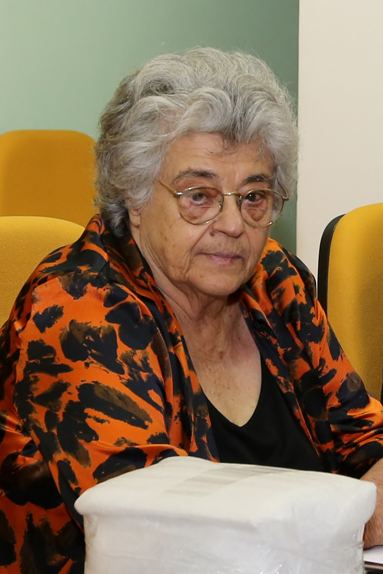 | ||
Alma mater University of Sao PauloUniversity of Paris (Sorbonne) Known for Protecting Brazil\'s threatenedarchaeological sites | ||
Notable awards Prince Claus Award | ||
Ni de guidon 29 09 2014
Niède Guidon ([niˈɛdʒi ɡiˈdõ]) is a Brazilian archaeologist who was born on the 12 March 1933 in Jaú, in the state of São Paulo, Brazil. She has won international recognition and support for her struggle to protect Brazil's rich archaeological heritage.
Contents
- Ni de guidon 29 09 2014
- Ni de guidon e as origens do homem americano 1990
- Personal history
- Contributions
- Parque Nacional Serra de Capivara
- Pedra Furada site
- Controversy
- References
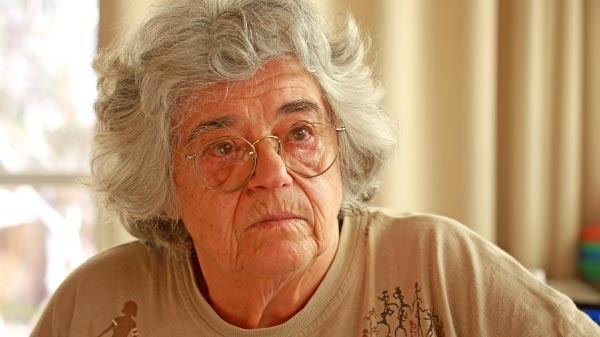
Since the late 20th century, she has excavated hundreds of prehistoric sites in Piauí, Brazil. Her dating of findings indicates that human settlement preceded the earliest known in North America by tens of thousands of years, which has generated controversy. In addition, she has theorized that some of the early ancient peoples may have arrived from Africa by boat, rather than over the land bridge from northeast Asia.
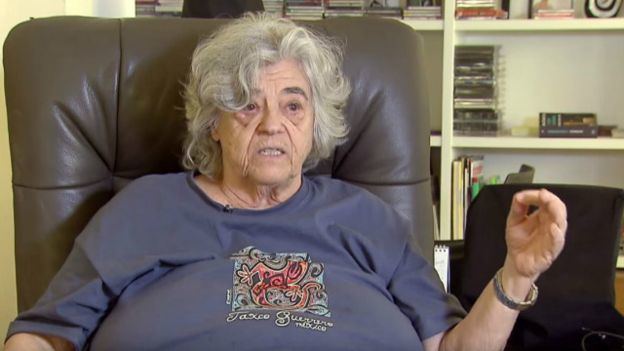
Ni de guidon e as origens do homem americano 1990
Personal history

Guidon holds a degree in Natural History from the University of São Paulo and a doctorate in Archaeology from the Sorbonne in Paris, France. " In 2005, Niède was awarded the Prince Claus Award, an award or grant given to individuals or organizations in hopes of providing more opportunities for the future. She is now retired on a pension from the French government at the age of 73, but continues to lead excavations and push for the development of Brazil as a whole.
Contributions
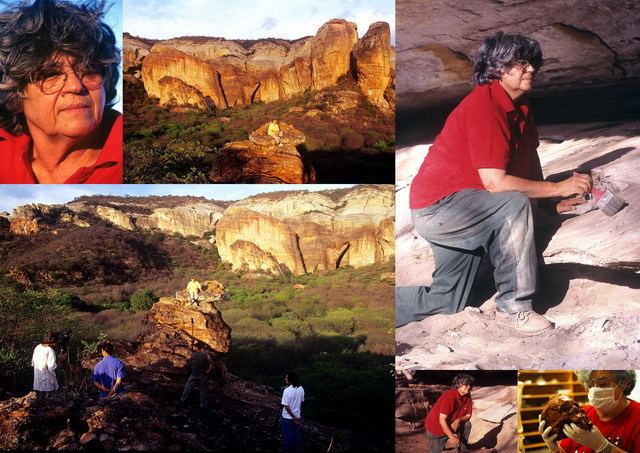
Guidon has set up a cultural center, the Musée de l'Homme Américain, and numerous community support centers in local communities. These offer civil services, education, medical aid, and training in ecology, prehistory, and the restoration of archaeological artifacts. Guidon has also made attempts at improving the educational opportunities in Brazil by leading petitions to build schools. She successfully established five new schools in local communities with a teaching faculty from the University of São Paulo, but they have slowly declined in activity due to the lack of governmental structure. A ceramics business was begun by her efforts (Cerâmica de Capivora). When it began turning a profit she gave the reins over to local entrepreneurs to assist in their business endeavors.
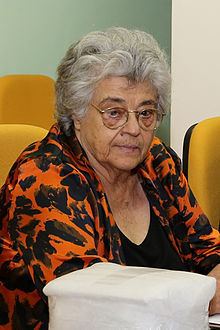
In 1978 she petitioned the Brazilian government to create the Parque Nacional Serra de Capivara which solidified the next 25 years of her archaeological dedication. Her findings were first brought to the spotlight in 1986 with a publication in the British magazine Nature, in which she claimed to have discovered 32,000-year-old hearths and human artifacts. Although such early dates have not generally been accepted, Guidon and her colleagues made the contribution of showing that the area was occupied by Paleoindian and Archaic rock art cultures subsisting on broad-spectrum hunting and gathering. In 1988 she began a partnership with IBAMA (Brazilian Institute of Environment and Renewable Natural Resources) that led to the continuation of her excavations.
Parque Nacional Serra de Capivara
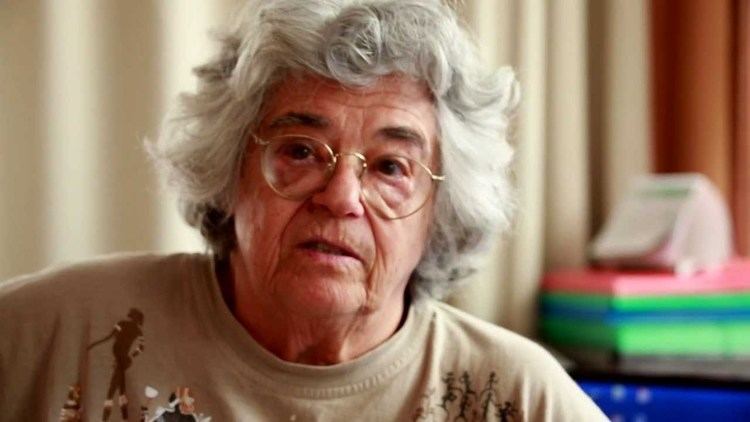
Niède Guidon is the head archaeologist at the Serra da Capivara National Park in Piauí, Brazil, the most underdeveloped state. In this park, she and her colleagues have discovered more than 800 pre-historic sites revealing occupation of the Americas by human beings. The locality of Pedra Furada, is the archaeological rock art site where Guidon and her colleagues excavated a Paleoindian culture that they claimed was as old as c. 30,000 years B.P.
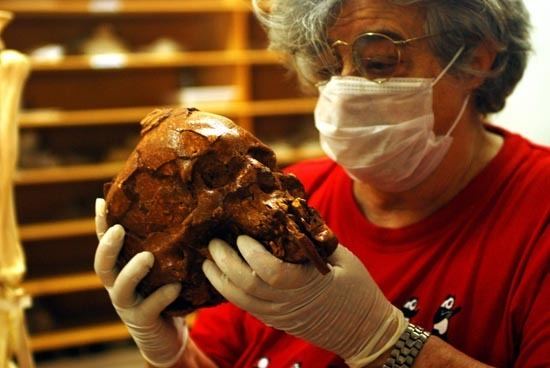
The park encompasses an area protected by UNESCO (United Nations Educational, Scientific and Cultural Organization). Niède Guidon is responsible for that area's preservation, development and management. Based on her findings and excavations, she and her colleagues believe the possibility of previously believed early-American dates of human habitation to be exceeded by more than 30,000 years.
Pedra Furada site
Niède Guidon's most famous prehistoric site is the Toca do Boqueira de Pedra Furada ("Pedra Furada Site"), which is located in vicinity of São Raimundo Nonato in the Serra de Capivara region in Brazil. She came across a structure resembling a bonfire equipped with arranged logs and stones that she believes date back to 48,700 years ago. She has suggested that humans reached Brazil about 100,000 years ago, probably from Africa by boat.
Not all researchers agree with her conclusions on this evidence, but there is undisputed lithic and paleobotanical evidence for a Paleoamerican occupation dating back to c. 10,000 years. Pedra Furada is a rock shelter 55 feet (17 m) deep; its walls are painted with more than 1,150 pre-historic images. Here she has found thousands of artifacts that possibly suggest human handiwork. The plant and animal remains recovered from the c. 10,000-year-old levels of this site and from comparable levels of another rockshelter in the Serra, the Perna site, show that the area was more humid and more forested than today.
She has discovered over 800 historical sites, of which more than 600 are accompanied by paintings. She has recorded over 35,000 archaeological images and published multiple papers and books.
Controversy
Guidon's controversial findings have questioned the suggestion made by many archeologists that humans came to the Americas 15,000 years ago. She dates some sites to in excess of 45,000 years ago. The most apparent argument in the Pedra Furada excavations is the questioning of Guidon's findings to be "geofacts" or "artifacts." Geofacts are fragments created by the natural environment and geological conditions, which can resemble man-made items. American archaeologists are divided on how early human beings came to the Americas. Some have accepted her conclusions and others tend to disagree, not having found any evidence in North America for such ancient humans.
